| Arlington
Court Barnstaple North Devon |

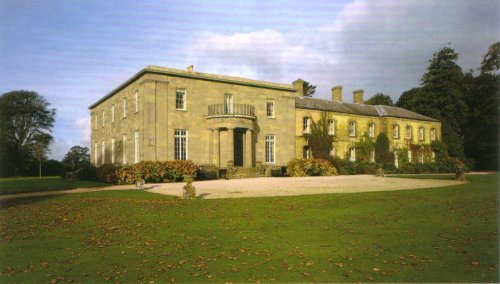
|
Arlington Court
has been the family home of the Chichester family
since its construction in 1820. The main house was
enlarged by the addition of the staircase hall and
servants wing in 1865.
The National
Trust acquired the house and its accompanying estate
in 1949 upon the death of Miss Rosalie Chichester.
The house is renowned for its collection of
model sailing ships, and the stables which has a
collection of horse drawn carriages.
|
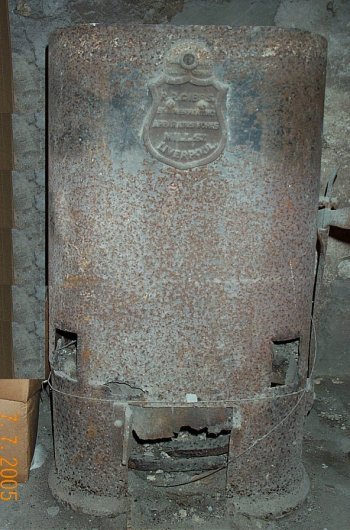 |
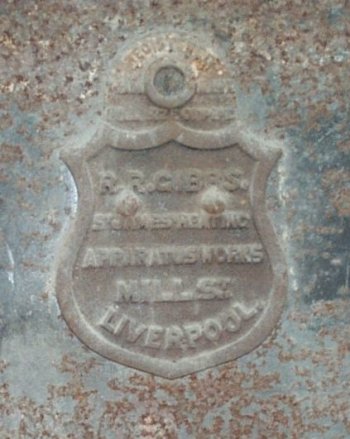 R.R.GIBBS
SEAMLESS HEATING
APPARATUS WORKS MILL St LIVERPOOL |
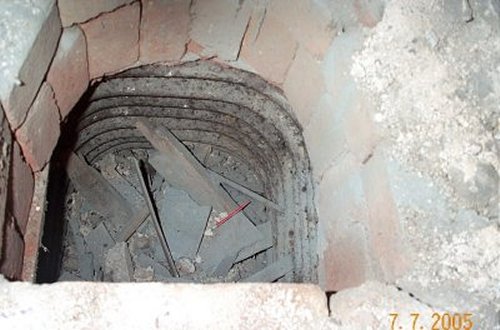 |
A view taken looking forwards and down into the furnace showing both the pipework coils around the furnace and also the refractory brickwork. |
| Secondly, either side of the main staircase are two beautifully decorated ornamental cast iron heater enclosures each covering a Perkins spiral type heater coil. These Perkins heater enclosures are the first to be found by the Heritage Group and are wonderful examples showing the Victorian craftsmanship in casting metalwork. |
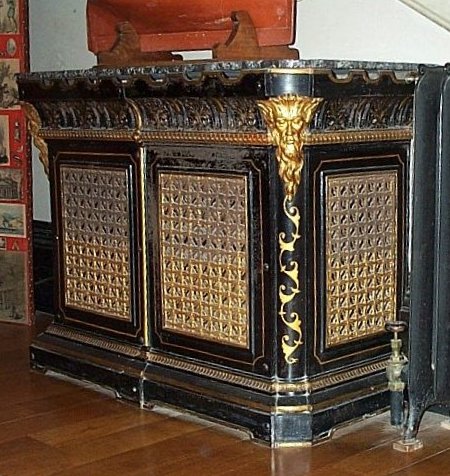 |
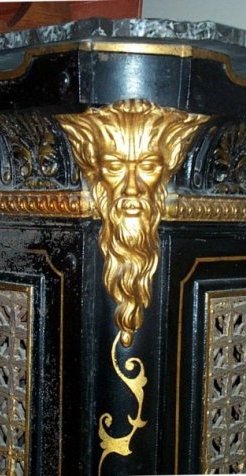 |
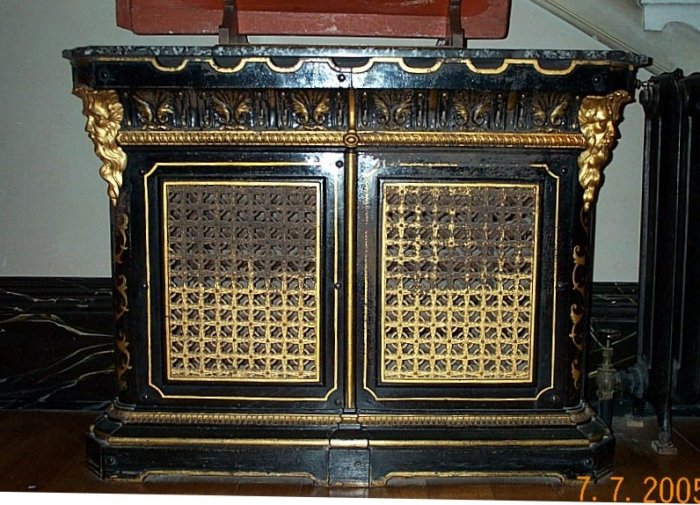 |
| The current wet heating system most likely dates from the very early 20th century, and is fitted with a variety of cast iron column radiators. One small size sectional radiator fitted in the Music Room is a cast iron Ornamental pattern of Rococo design manufactured by the American Radiator Company. This would date the system to the first decade of the 20th century. |
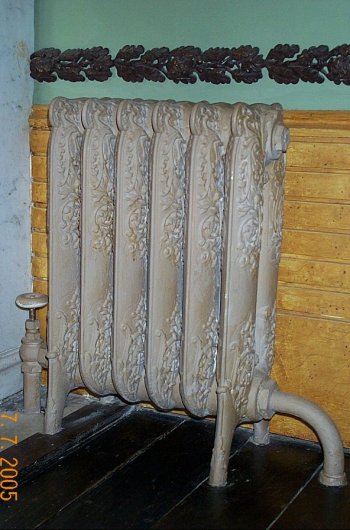 |
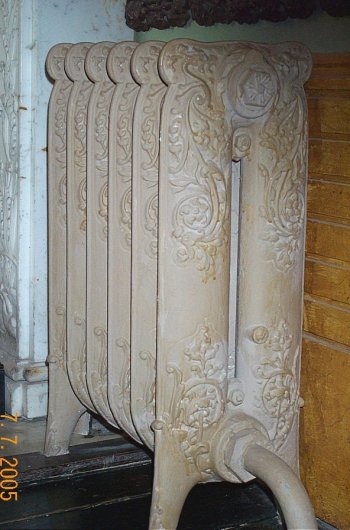 |
JULY 2005


